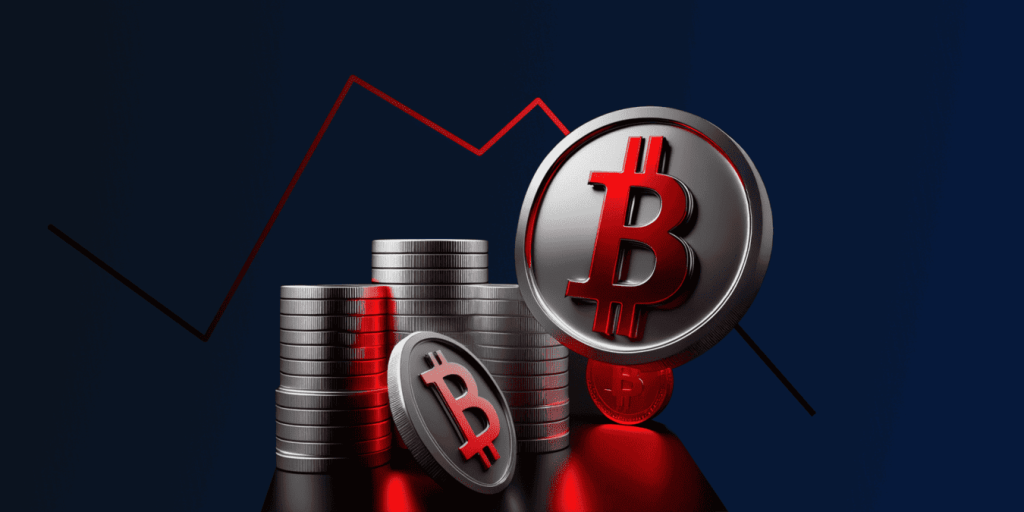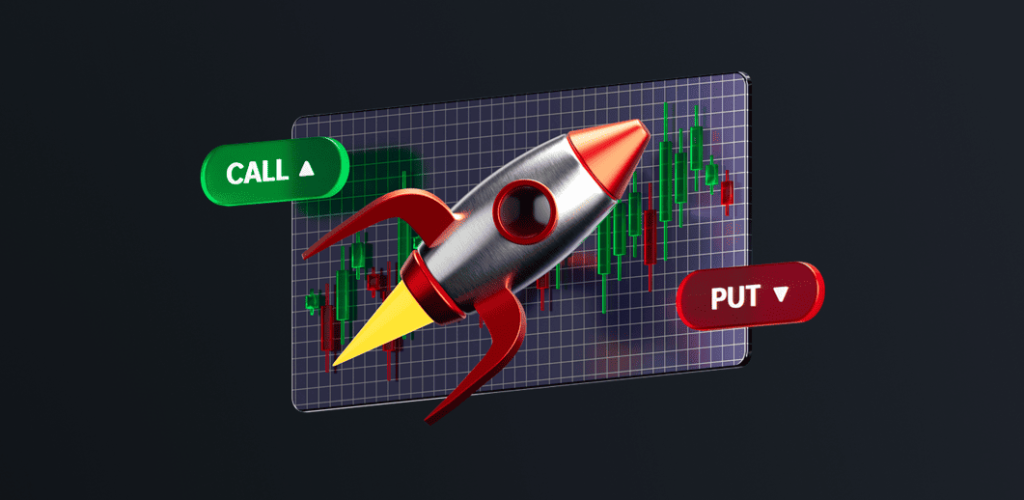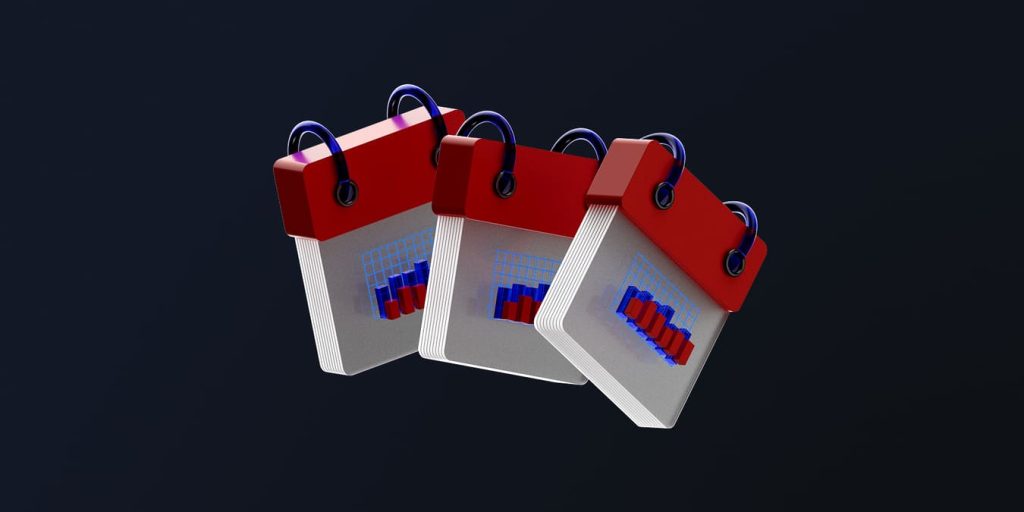
What Are Futures and How Do They Work?
Contents
Introduction
Futures contracts are a significant tool that allows individuals to speculate, hedge, or express opinions on the future price movement of underlying assets. Futures trading began in the mid-1800s to allow farmers to lock in crop prices, but it has since grown into a sophisticated global market. Today, futures are used for positions involving everything from stock indexes to currencies, commodities, interest rates, etc.
Today, we’ll look at the concept of futures contracts, how they work, and the benefits and risks attached. We’ll look at popular futures markets, key considerations when selecting a futures platform, developing a trading plan and how to start trading.
What is a Futures Contract?
A futures contract is essentially a binding agreement between a buyer and a seller to transact a specified quantity of an underlying asset at a predetermined price on a future date. These contracts are standardized by exchanges in terms of quality, size units, and other key aspects to ensure uniformity and facilitate liquid trading.
In buying a contract, the buyer is committing himself to buying the asset, while the seller undertakes to deliver. However, with offsetting possible before expiration in an exchange trading model, actual delivery can be eliminated for most participants. The central characteristic that differentiates futures is that they are tradable on centralized electronic exchange markets, unlike over-the-counter markets.
Exchanges also mandate that open positions be settled in cash daily by marking contracts to fair value in accordance with end-of-day pricing. This allows traders to realize profits and losses on an ongoing, continuous basis as opposed to waiting until expiration. Contracts are listed according to standardized monthly delivery periods as well, with sequential months available for trading further out in time.
The numerous futures markets offer participants the ability to establish low-cost, short or leveraged positions in nearly innumerable ways. Tradable assets range from agricultural goods and industrial metals to energy sources, stock indexes, cryptocurrencies, and more. For example, E-mini S&P 500 futures predefine changes in value at the underlying S&P 500 large-cap US stock index, while WTI crude oil futures provide direct exposure to oil price swings.
In summary, futures introduce contractual agreements optimized for trading liquid, globally-priced assets through centralized venues. Their stringent contractual format and well-developed exchange infrastructure back scalable trading of risk exposures.
How Futures Trading Works
Exchanges, such as CME Group or ICE, provide a centralized marketplace where traders have access to commodity, financial, and asset prices around the globe. Deep liquidity is created due to standardized specifications of contracts laid down by the exchanges.
It shall define the futures contracts on parameters such as unit sizes, expiry months, and underlying assets. Therefore, at the heart of the functions carried out by an exchange are the automated matching of buyers and sellers, the clearing of trades executed, and the implementation of regulatory frameworks.
All that it takes to establish positions is that traders have to deposit an initial margin along with a good faith deposit with their broker; however, such a margin balance needs to be maintained if one wants to retain exposure to a contract. It thus enables the use of leverage in the sense that small margins control large notional exposures.
For instance, a trader may only need 20% of the value of crude oil futures. The exchanges further minimize the associated risks through daily marking of profit/losses settled between the trader and broker accounts.
Participating in multiple expiry months allows traders to customize hedging or speculative timelines. Those traders with views that are longer term may roll contracts periodically by selling the near expiry and re-establishing an offsetting position further out.
Near expiry, the price of individual contracts converges towards the spot level of the underlying. The regulated, centralized structure of futures exchanges thus provides transparent, liquid pricing while protecting participants through the margin and daily settlement processes.
You may also like

Advantages and Hazards of Futures Trading
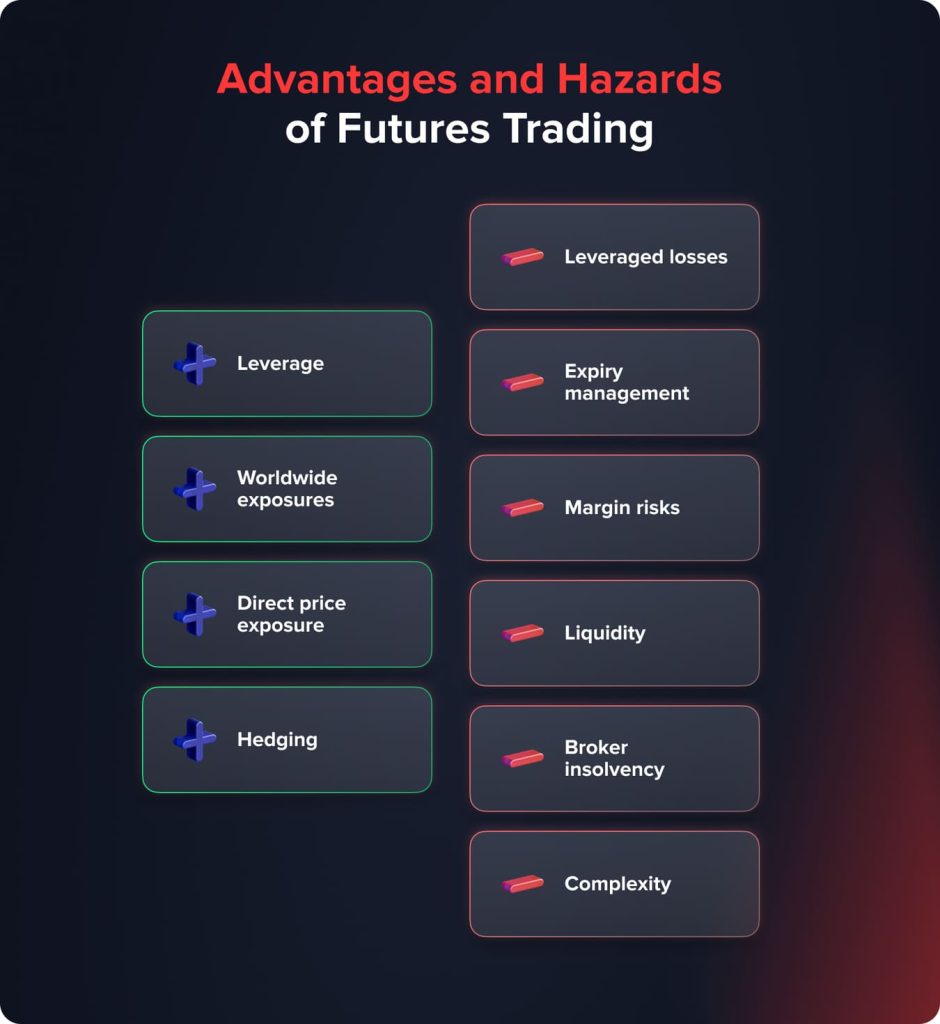
Benefits:
- Leverage: A small portion regarding the face value of the contract, referred to as the initial margin, a trader deposits, permits controlling huge positions. It amplifies potential profits as well as losses.
- Worldwide exposures: Nearly any underlying asset which is traded anywhere across the world can be accessed, quite nearly 24/7, by a trader due to the worldwide nature of the futures exchanges.
- Direct price exposure: It is this price exposure, attained through entering into a long or short view via futures contracts, that enables traders to benefit immediately from changes in the price of the underlying asset.
- Hedging: Futures provide instruments to companies and traders to reduce risks, protecting cash flows or inventory values against adverse price movements.
Risks:
- Leveraged losses: Leverage magnifies losses just as it magnifies gains. Small adverse price swings can, with bewildering speed, erode margin balances, forcing premature liquidations.
- Expiry management: The futures come with expiry dates attached, and, therefore, traders are forced to roll positions over to prevent their expiration or cash settlement, repeatedly locking in added costs.
- Margin risks: Continuing margin levels and flows need to be kept track of, as changes are settled in cash daily. For example, taking delivery on an underlying asset is not physically taken. This situation can result in a margin call, thereby trapping traders.
- Liquidity: In some of the less liquid futures, liquidity can evaporate suddenly, widening bid-ask spreads and making it very difficult to exit a position quickly.
- Broker insolvency: In case of broker bankruptcy, traders can lose money because the brokers hold the margin balances of traders.
- Complexity: With leverage, expiry dates, and continuous marking to market of gains/losses, it takes a lot of experience across products to manage the risks in futures.
Popular Futures Markets
Equity Index Futures
Equity index futures are used to gain leverage on changes in the stock market or sectors without needing to purchase too many individual stocks. Some of the most popular include:
- S&P 500 Index Futures: These provide the opportunity to track one of the important indicators that change in the US stock market. It offers tight bid/ask spreads and high volumes attributed to liquidity.
- Nasdaq 100 Futures: This involves exposure to the largest non-financial stocks listed on the Nasdaq exchange, including top technology and biotech names.
- DJIA Futures: It measures price changes in blue chip stocks that make up the Dow Jones Industrial Average. They capture changes in large-cap cyclicals.
Commodity Futures
Commodities are certainly one of the backbones of futures trading. The key markets here include:
- Energy: Crude oil (WTI, Brent), natural gas, and gasoline have emerged as key barometers for economic activity and inflation.
- Precious Metals: Gold and silver tend to retain value during market turbulence, and their prices are significantly driven by currency valuations.
- Agricultural: Corn, soybeans, and wheat help producers and food companies hedge supply risks. Others include coffee, sugar, cattle and hogs.
Currency Futures
Major and emerging market currency pairs—like USD/JPY, EUR/USD, GBP/USD, AUD/USD—are driven in volume by interest rate differentials and buying/selling between countries. They offer international exposure.
Interest Rate Futures
Investors use Treasury notes and Eurodollar futures to speculate on or hedge portfolio risk from changes in borrowing costs that have a major impact on asset prices.
Cryptocurrency Futures
The futures of Bitcoin and Ether let market participants access cryptos via regulated exchanges and custody, bypassing the problem of owning actual digital assets. Their volumes rocketed because digital assets have moved into the mainstream eye.
Key Considerations When Selecting a Futures Platform
Ease of Use and Platform Tools
When considering a futures broker, one must select an individual who can offer an easy-to-use and intuitive platform. Leveraged trading implies that advanced skills are required; hence, what is necessary is a front-end interface that makes the work easier, not clutter it with too many items.
Browse through the options by doing demo trading in search of a system that lays out the trading mechanisms, charts, and market data as clearly as possible. It must provide robust charting, configurable for different time frames, to do effective technical analysis. A good platform should offer a wide range of order types beyond mere limits and stops, offering flexibility in trade management.
Mobile functionality
Futures markets entail overnight trading hours, thus allowing for instantaneous price responses to global events. In this regard, very mobile platforms that provide seamless account access from any device are an added asset in this respect.
Whether checking positions while commuting or executing trades from home on weekends, robust mobile applications at par with feature-rich desktop versions keep responses at the best levels. Video streaming technologies for desktop mirroring further put on-the-go monitoring without latency constraints at one’s fingertips.
Advanced Tools and Services
More advanced traders require serious tools for automatic algorithmic strategies. Brokers with customizable APIs give access to these by adding the ability to add custom coding solutions. Most of them also provide market data feeds for additional third-party analysis.
Brokerages should back up technology with customer support staff who can help solve glitches or operational questions promptly, as complex products like futures require expertise. Deepen this further with educational resources, pro-level market analytics, and community forums.
Trial Period and Opening an Account
Use any available platform trial period extensively to use the demo accounts to test for consistency with real market conditions. Check for adequate mobile and web interactions. Inquire from client service innovative uses. When fit is satisfactory, open a funded account and check whether technical and regulatory approval processes for access to leveraged products work out smoothly.
Developing a Trading Plan
An effective plan for trading futures is, however, quintessential to the individual trader structuring his process and managing risk. Let’s break down these key elements in greater detail.
Strategy Definition
First, define the outline of your main strategy: whether this would revolve principally on the long side, through betting on price increases; on the short side, through gaining from price declines; or balancing exposures through spreads. Define whether you’re going to use technical indicators, like moving averages, or if you do an in-depth analysis of the supply/demand dynamics at play. Your strategy needs not only to accommodate your perspectives on markets but also your tolerance for risk. If you feel markets are going to be very volatile, then spreads that reduce potential downside may be appropriate versus tactical long plays.
Position Sizing
At this stage, carefully calculate position sizing considering contract values against your account balance and the degree of leverage employed. Define risk rules that cap any single trade to no more than 1-2% of equity to ensure the dissipation of exposure. Define the unit position measurements for when one is controlling full contracts or fractional shares. Outline scaling in/out techniques by trimming or adding positions to them logistically on price breaks.
Entry/Exit Levels
Set the conditions of the signals and price levels for entry/exit of trades that nullify any emotional reactions. These levels are deduced from technical indicators like Fibonacci retracements or can combine some fundamentals related to inventory data. State sell rules, including reversing positions after downside confirmation and tightening stops amidst high volatility.
Performance Review
Paper trade strategies to back test them before committing, then review performance regularly to continually improve techniques over time. Note high probability set-ups and weaknesses to strengthen signalling processing and refine risk/reward approaches. Collaborate with peers for alternative perspectives and adjust accordingly to changing market trends and conditions.
You may also like
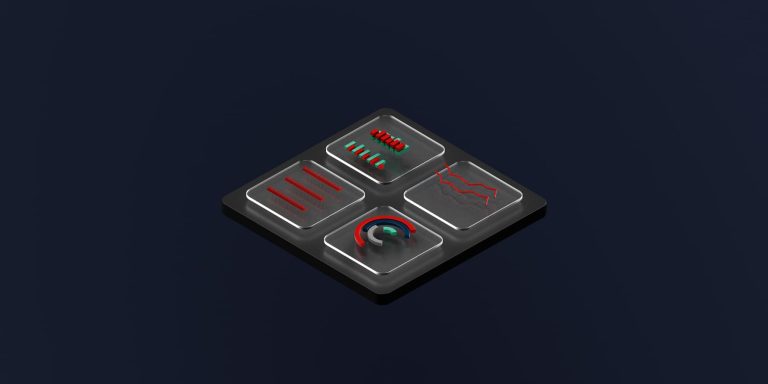
Steps to Begin Trading Futures
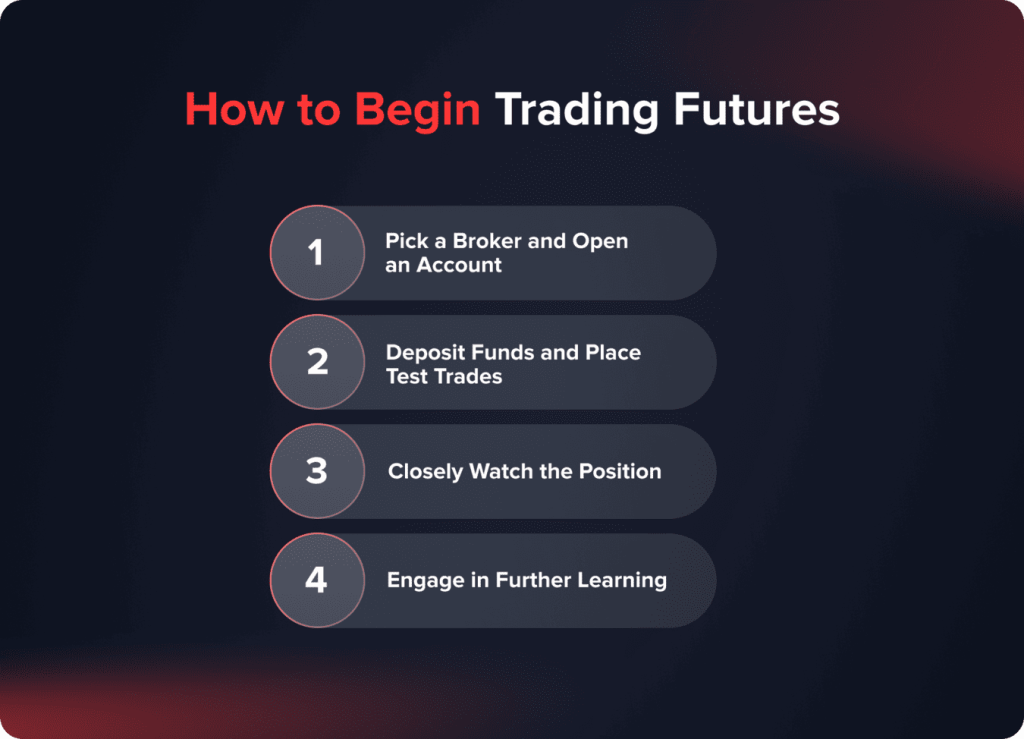
Pick a Broker and Open an Account
First and foremost, one should select a reputable brokerage firm that has appropriate registration for the trading of futures. Based on such regulations, options are evaluated on what they offer in platforms, fees, margin requirements, and educational resources.
Once users have chosen a broker, they will need to apply for futures approval, which may include Know Your Customer checks and class completion, education on the mechanics of the products and associated risks. A live trading account may then be opened subject to acceptance, and it may be funded with initial margin balances as required for the intended products to be traded.
Deposit Funds and Place Test Trades
Once the account is live, deposits are transferred to the new trading balances according to the margin levels required. Then, place very small sample trades using functions such as market, limit, and stop orders to get familiar with order entry, position displays, and pending order management prior to exposing yourself to real risk. This way, traders troubleshoot technology and get familiar with how to track open positions without the stress of larger sums at stake.
Closely Watch the Position
Any recently opened live position, in the light of a designed trading plan, is to be actively maintained according to the proper risk management criteria by the relevant technical indicators and fundamental news influencing the trade. Contingent orders pre-determine stops and profit-taking limits, automatically executing them without human lagging reactions in case preset price thresholds are breached.
Engage in Further Learning
Ongoing educational content and industry discussion participation help new traders keep pace with the many regulatory updates, product innovations, and structural shifts affecting strategies over time. Webinars, reading industry publications, and connecting with successful mentors help one to keep techniques fine-tuned over time as market conditions change. Strategy review participation offers a way to improve methodologies through shared perspectives.
In other words, success in futures trading is a product of careful progression. It should be based first on incremental development of fundamental understanding before amplifying position sizes or complexity, as leverage invariably brings. This goes on sharpening the skills that enable dynamic adjustment to the ever-changing global financial landscape.
Conclusion
In other words, futures can provide the professional or independent trader with flexible tools for investment exposures and hedging risks. The high degree of leverage means that investments of this complexity should be preceded by extensive study, disciplined methodologies, and prudent risk controls. A trader needs to have solid plans for profitably using contracts while managing the offsetting drawdowns inherent in leveraged markets. With dedication to learning the theory and practice, the futures markets open up nearly unlimited opportunities that are tradable worldwide.
Updated:
December 19, 2024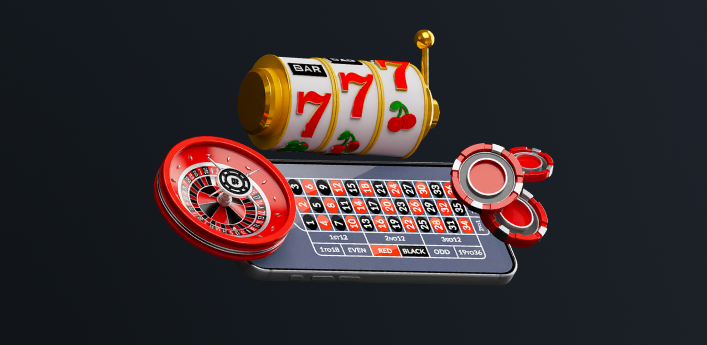
8 December, 2025
How to Create an Online Casino Platform in 2026
The online casino market reached $19 billion in 2024 and, therefore, will present a massive opportunity for business owners in 2026. More than 60% of online gamblers now prefer mobile options to access digital gambling platforms, which can be attributed to increased internet and mobile use. Moreover, experts forecast a 12.2% annual growth through 2030, […]


